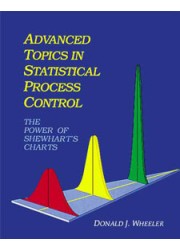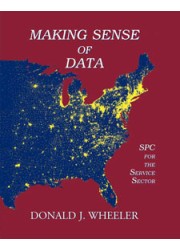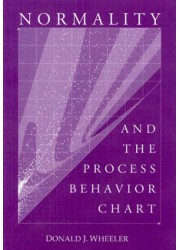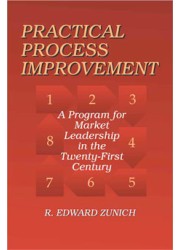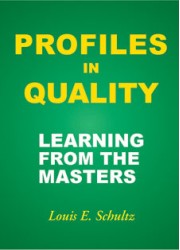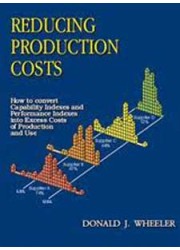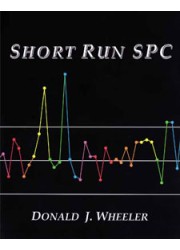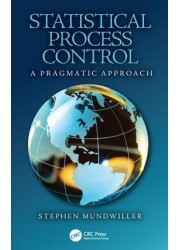Your shopping cart is empty!
Welcome visitor you can login or create an account
Categories
- ALUMINIUM ALLOY
- ASM Handbooks
- AUTOMOTIVE ENGINEERING
- Benchmarking
- BOILER
- BPVC - 2017
- CHEMICAL ENGINEERING
- CIVIL ENGINEERING
- ELECTRICAL ENGINEERING
- ENGINEERING
- Environmental Management
- Fasteners
- FORGING
- Geometric Engineering
- Indian Pharmacopoeia
- Industrial Engineering
- MANAGEMENT
- MANAGEMENT PRODUCTIVITY
- Manufacturing Engineering
- MECHANICAL ENGINEERING
- Metal Forming
- Metallic Materials
- Metallurgy
- OCCUPATIONAL
- Pressure Vessels
- Project Management
- Quality Assurance
- QUALITY BASICS POSTER
- QUALITY CIRCLE POSTER
- Quality Control
- Quality Management
- Quality Systems
- Risk Management
- Safety
- Six Sigma
- Statistical Process Control
- STEEL
- TOLERANCES GAUGES
- Total Productive Maintenance
- Total Quality Management
- Welding
Publishers
- AIAG
- Akalank Publications
- American Foundry Society
- American Public Health Association - APHA
- American Water Works Association -AWWA
- AOAC Publisher
- ASM INTERNATIONAL
- ASME
- ASQ
- Association for Iron & Steel Technology
- ASTM
- AUERBACH
- AWS American Welding Society
- Battelle Press
- BIS - Indian Standards
- Butterworth Heinemann
- Chapman and Hall
- CRC Press
- DIN Beuth
- Fairmont Press
- Free Press
- Gower Technical
- GULF
- Hanser Gardner
- HPC
- IEC
- INDUSTRIAL PRESS
- IPC
- ISA
- J.ROSS Publishing
- JSA
- Lean Management Institute
- Marcel Dekker
- McGraw-Hill
- Prentice Hall
- PRODUCTIVITY PRESS
- Project Management Institute (PMI)
- Quality Resources
- ROUTLEDGE
- SAE INTERNATIONAL
- SDC PUBLICATIONS
- SME
- SPC PRESS
- SPON PRESS
- Springer
- TMH
- VDA QMC
- Verlag Stahlschlüssel
- Vishwas Techno
- WILEY
- World Scientific
- WPI Publishing
Statistical Process Control
Show:
Sort By:
This book is the most comprehensive source book on statistical process control since Shewhart’s original. It is the definitive book, containing a wealth of information found nowhere else. Unlike books..
Our Price: $79.00
This book addresses the issues of using data analysis tools in service or administrative settings. Written in the easy, reader-friendly style of Understanding Variation, but with the in-depth con..
Our Price: $79.00
Having a normally shaped histogram is not a prerequisite for placing your data on a process behavior chart. Neither is it inevitable that a predictable process will display a mound shaped histogram.
..
Our Price: $30.00
Tired of creating tool zombies with little to show for it? Not getting the results you expected from Six Sigma? Try Practical Process Improvement!
This book presents a program for leadership in the..
Our Price: $25.00
This book traces the history and development of the Quality movement by focusing on its early authorities and by comparing, contrasting, and placing their theories in a modern context. The author's "R..
Our Price: $35.00
This thought-provoking story illustrates what ought to occur in organizational changes. But reality rarely follows theory, especially when organizational culture gets in the way. Research suggests the..
Our Price: $32.00
These 25 parables about everyday people, human interactions, and the nature of responsibility and creativity are packed full of lessons about leadership and the effect that each of us has upon those w..
Our Price: $20.00
Everyone who is trying to do more with less needs this book!
By using a proven methodology of reducing production costs, this book shows you how to evaluate paybacks so that you can pick winning im..
Our Price: $59.00
In this book you will learn how process behavior charts can be used effectively with limited amounts of data.
Part One shows how to track a process while making different products:
diffe..
Our Price: $30.00
This is a service example you won’t forget! The story is a simple one with a strong message—a powerful case study of Continual Improvement Tools being used successfully by workers with limited mathema..
Our Price: $20.00
People with minimal math skills, and even those with advanced math skills, have difficulty grasping the intuitive concepts behind Statistical Process Control (SPC). Many practitioners do not understan..
Our Price: £77.00
We live in the Information Age, and much of that information comes to us in the form of numbers. Before numerical information can be useful, however, it must be analyzed, interpreted, and assimilated...
Our Price: $44.00
Showing 1 to 13 of 13 (1 Pages)
Price subject to change without notice
Copyright © 2014 Engineering Standards Bureau. All Rights Reserved.
Developed By Zoom Into Web
Copyright © 2014 Engineering Standards Bureau. All Rights Reserved.
Developed By Zoom Into Web


